
What Products Require FDA Certification for the US?
The FDA, short for the Food and Drug Administration, is a scientific legal institution under the United States federal government responsible for protecting public health and safety. The FDA has significant influence and authority globally, especially in Europe and the United States. Products approved or registeRED by the FDA can be directly marketed and sold in most countries.
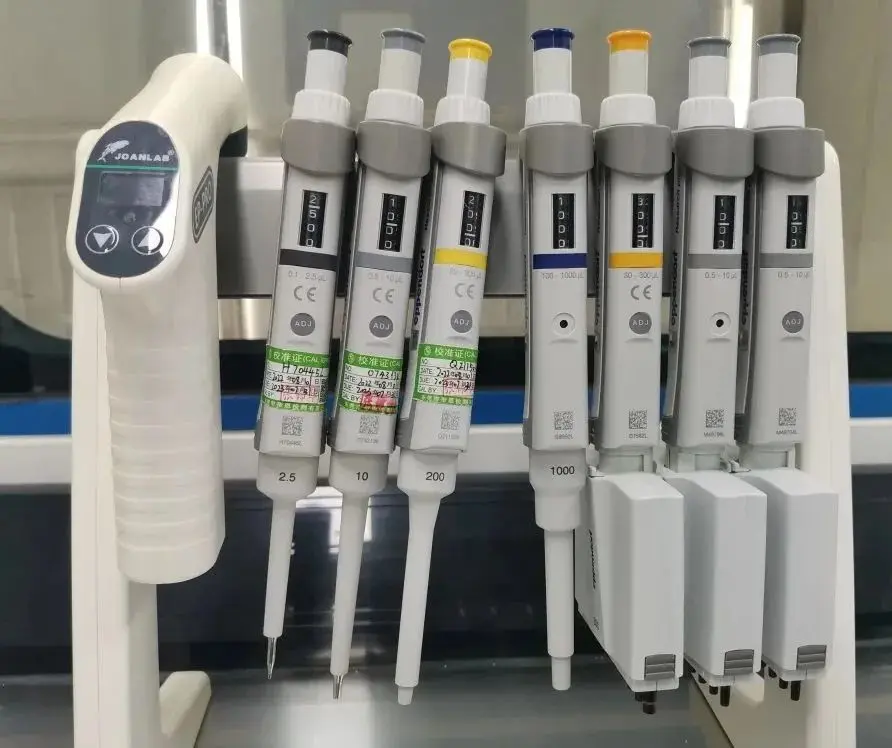
FDA Organizational Structure
The FDA headquarters is composed of several departments. The main centers and offices with regULatory functions include:
- Center for Biologics Evaluation and Research (CBER)
- Center for Devices and Radiological Health (CDRH)
- Center for Drug Evaluation and Research (CDER)
- Center for Tobacco Products (CTP)
- Center for Veterinary Medicine (CVM)
- Oncology Center of Excellence (OCE)
- Office of Regulatory Affairs (ORA)
FDA Regulatory Scope
Categories of Products Regulated by the FDA (examples listed):
- Food: Includes two main sectors (food for human consumption and animal feed), dietary supplements, bottled water, food additives, infant formula, alcoholic and non-alcoholic beverages, etc.
- Drugs: Prescription drugs, over-the-counter drugs.
- Biologics: Human vaccines, blood and blood products, cellular and gene therapy products, tissues, and tissue products, allergens.
- Cosmetics: Color additives in cosmetics, skin moisturizers and cleansers, nail polish, perfumes, etc.
- Medical Devices: Dental equipment, surgical implants, prosthetics, etc.
- Radiation-Emitting Products: MICrowave ovens, X-ray equipment, sunlamps, hospital beds, and even some consumer products like adult novelty items.
- Radiation-Emitting Electronic Products: Microwaves, X-ray devices, laser products, ultrasound therapy equipment, mercury vapor lamps, sunlamps.
- Veterinary Products: Livestock feed, pet food, veterinary drugs, etc.
- Tobacco Products: Cigarettes, cigarette tobacco, roll-your-own tobacco, smokeless tobacco, etc.
FDA Registration Categories
- Food Manufacturing Facilities
- Radiation-Emitting Products
- Medical Devices (classified into Class I, II, and III based on risk level)
- Cosmetics and Personal Care Products
- OTC Drugs and Pharmaceuticals
- FDA Testing for Food-Grade Materials
FDA Registration Models
The FDA registration process generally falls into three categories:
1. FDA Registration
A self-declaration process for companies to meet FDA requirements for importing products into the United States.
2. FDA Testing
This primarily involves safety testing for food-contact materials, biocompatibility testing for medical products, and clinical safety testing.
3. FDA Evaluation
This focuses on evaluating product packaging, ingredient labeling, and related documentation.
FDA Classification of Medical Devices
Medical devices are categorized by the FDA into three classes based on risk levels (Class I, II, and III, with Class III being the highest risk). The FDA has established clear classification and management requirements for each medical device type. Currently, the FDA medical device catalog contains over 1,700 types, encompassing nearly 6,000 product codes. Any medical device intending to enter the U.S. market must first determine the appropriate classification and comply with relevant management requirements.
Email:hello@jjrlab.com
Write your message here and send it to us
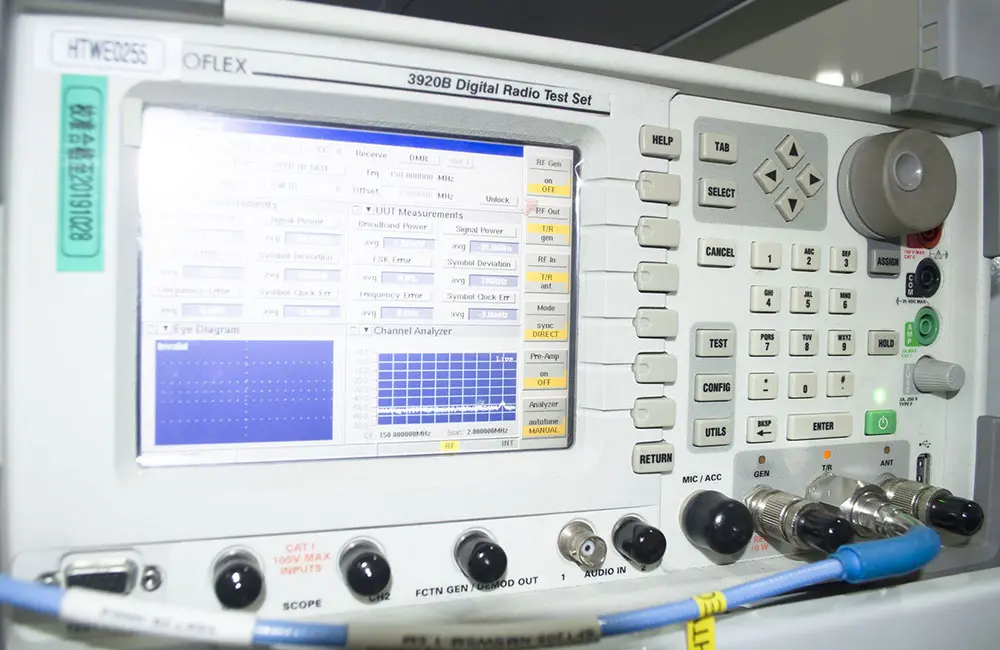 LED Lighting EMC Testing Service
LED Lighting EMC Testing Service
 EU REACH Compliance Testing Services
EU REACH Compliance Testing Services
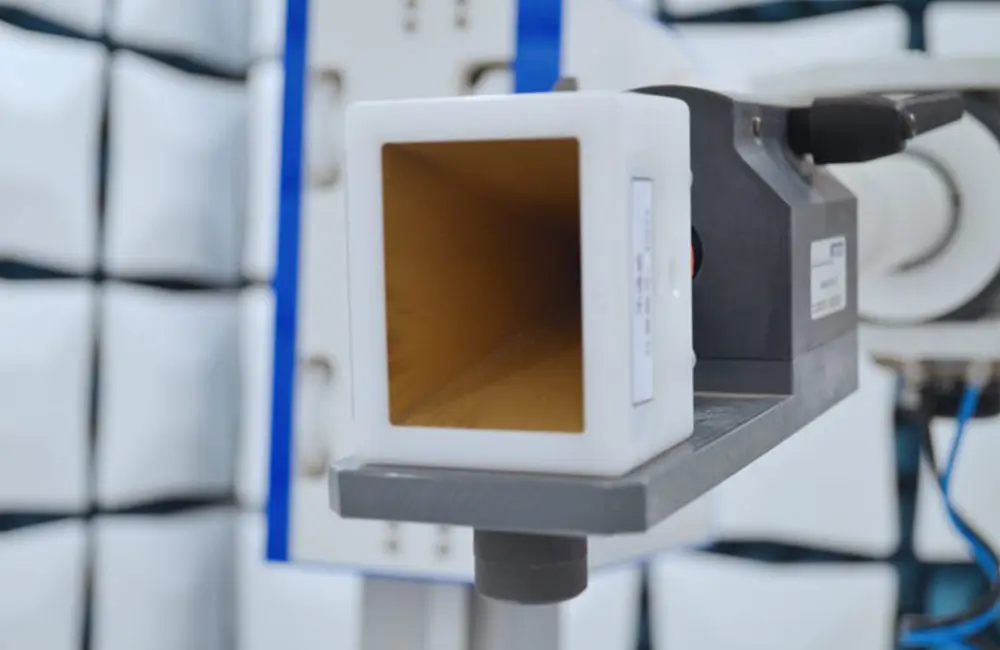 Electronic and Electrical Reliability Testing Serv
Electronic and Electrical Reliability Testing Serv
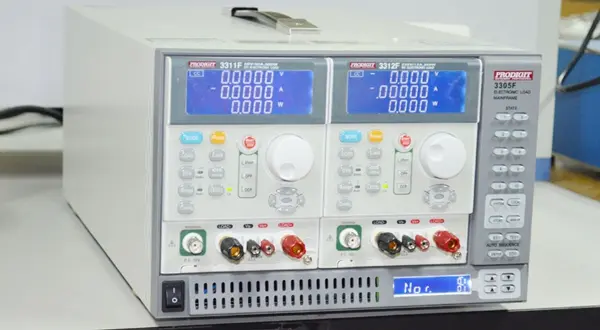 Electronic & Electrical Safety Compliance Test
Electronic & Electrical Safety Compliance Test
 Shenzhen Electronic Electromagnetic Compatibility
Shenzhen Electronic Electromagnetic Compatibility
 How to Test IP68 Rating
How to Test IP68 Rating
 Differences Between FDA and LFGB for Food Contact
Differences Between FDA and LFGB for Food Contact
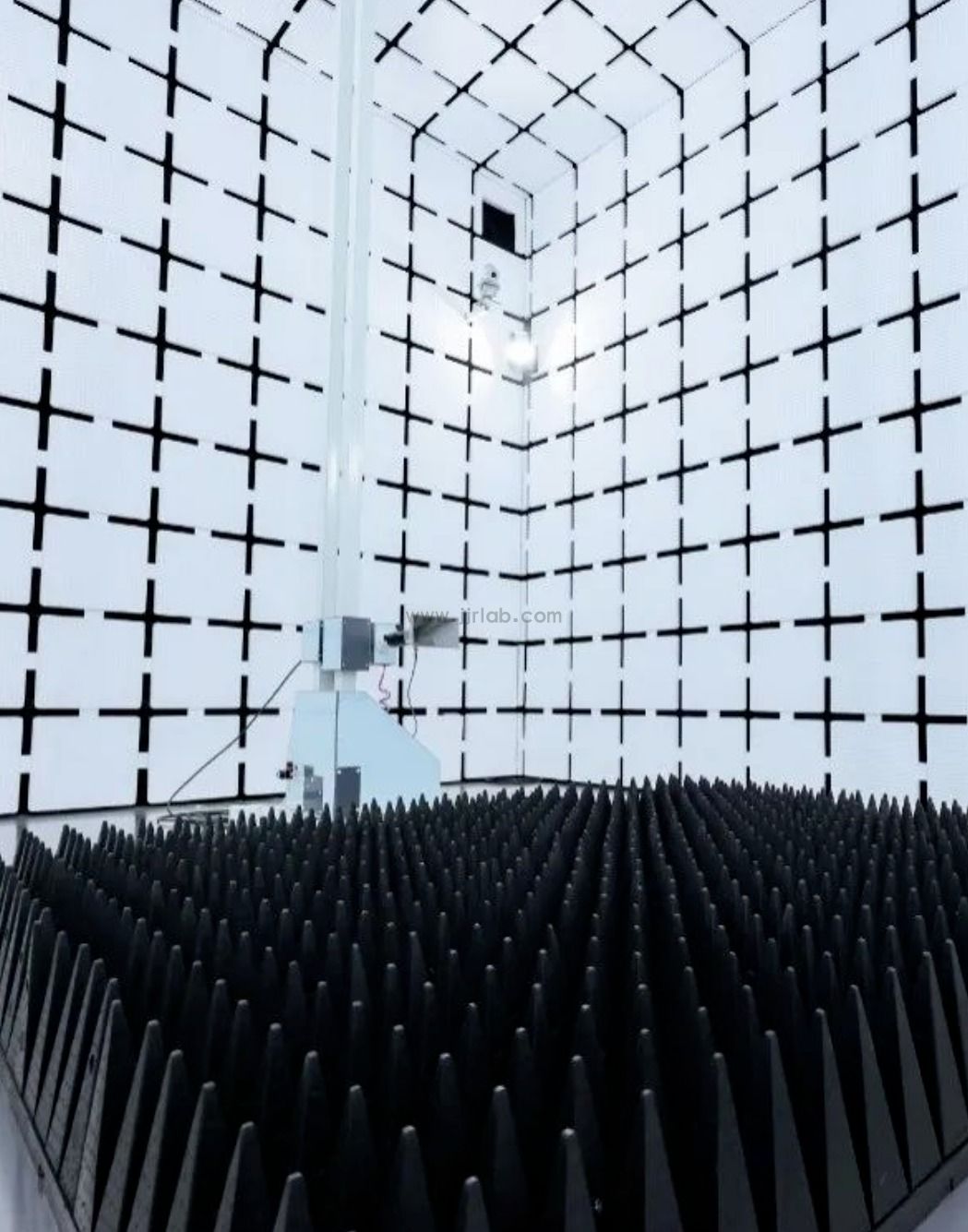 Process and Precautions for Amazon CPC Certificate
Process and Precautions for Amazon CPC Certificate
Leave us a message
24-hour online customer service at any time to respond, so that you worry!




